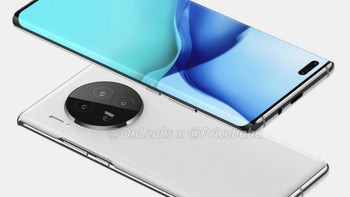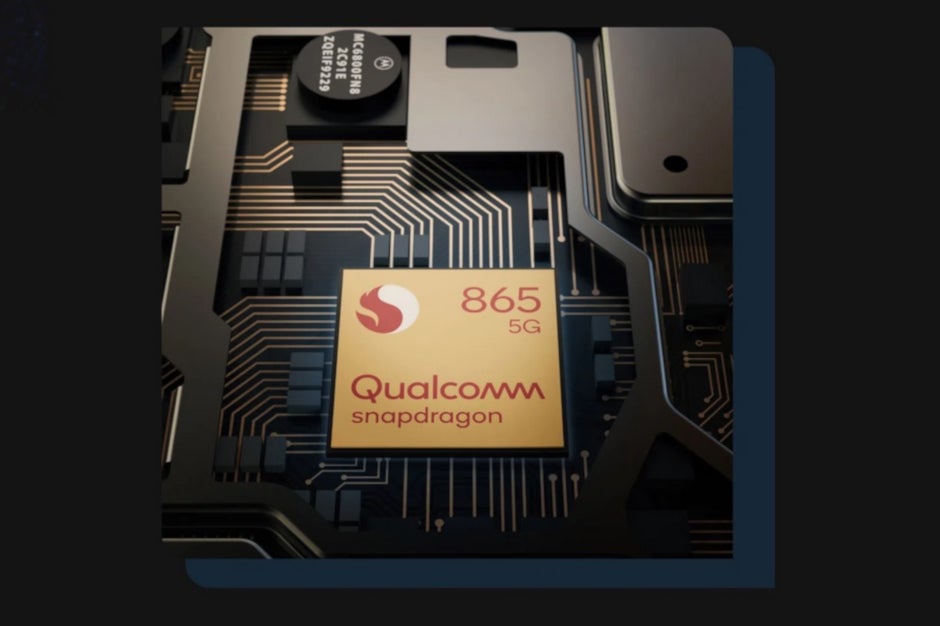It is no secret that the U.S. government considers Huawei to be a threat to national security due to its perceived ties with the Communist Chinese government. Last year, the U.S. Commerce Department put the manufacturer on the Entity List blocking the company from its U.S. supply chain. The previous year, Huawei had showered American firms with $18 billion in business. This prevented
Huawei from running Google's apps and the licensed version of Android on its phones. This affected apps like Maps, Gmail, Search, Drive, and YouTube. In China, consumers didn't care since Google's apps are mostly banned in the country. But it did impact global models whose owners were used to the Google ecosystem apps and all.
Any plan by Huawei to use Qualcomm chips is now blocked by the latest U.S. restrictions announced today
Despite its placement on the Entity List for half a year, Huawei enjoyed a prosperous 2019 with phone shipments rising approximately 20% from over 200 million to more than 240 million. Huawei topped
Apple for second place among the world's top smartphone manufacturers. So the U.S. went to plan "B" and exactly one year after it announced Huawei's placement on the Entity List,
the Trump administration announced a change to its export rules. A U.S. license would be needed to allow a foundry to ship Huawei designed chips to the company if they were produced using U.S. technology. This change takes effect in the middle of next month which has given Huawei some time to stock up on its cutting-edge 5nm chips for the upcoming Mate 40 line. The Mate series is usually Huawei's most technologically advanced every year. But recently the world's top independent foundry, TSMC, stopped taking orders from Huawei; the latter has been TSMC's second-largest customer after Apple.
New U.S. export rules could block Huawei from using Qualcomm chips
Huawei has been looking for a way to produce cutting-edge chips for next year's devices. It turned to China's largest foundry, SMIC, but the company is not ready to churn out the powerful SoCs that Huawei requires of its phones and 5G base stations. After Huawei reached a settlement with chip designer Qualcomm, there was speculation that Huawei would start using the Snapdragon chipsets that power the majority of Android phones. Ironically, TSMC also is the manufacturer of Qualcomm's components.
Even if Huawei wanted to use Qualcomm's chips for future devices, the chip designer would have to receive a license from the U.S. government in order to ship to the Chinese manufacturer. Earlier this month, Qualcomm reportedly lobbied the U.S. government for such permission. Considering that Huawei and Qualcomm recently reached a settlement on licensing chips, using Snapdragon SoCs on its handsets starting in 2021 seemed logical.
But today, the Trump administration put the kibosh on that idea by making a subtle but important change to the export rule.
The Wall Street Journal reports that the U.S. is now requiring a foundry to obtain a license to ship foreign-made chips made using U.S. technology. Commerce Secretary Wilbur Ross made a statement that seems to hone in on any plan by Huawei to use Qualcomm's chips. Ross said, "As we have restricted its access to U.S. technology, Huawei and its affiliates have worked through third parties to harness U.S. technology in a manner that undermines U.S. national security and foreign policy interests. This multi-pronged action demonstrates our continuing commitment to impede Huawei’s ability to do so." While Qualcomm is a U.S. corporation, TSMC is headquartered in Taiwan.
Interviewed on Fox Business News, Ross said the new rule "makes it clear that any use of American software or American fabrication equipment to produce things through Huawei is banned and requires a license. So it’s really a question of closing loopholes to prevent a bad actor from access to U.S. technology." The Commerce Department today also added 38 Huawei affiliates in 21 countries to the Entity List which blocks those firms from receiving any U.S. technology without a license.
It seems that the harder the U.S. squeezes Huawei, the more successful the company becomes. Finally achieving a long time goal, Huawei was the top smartphone manufacturer in the world during April and May according to Counterpoint Research. Whether it will be able to hold that slim lead over Samsung remains to be seen considering the latest restrictions. Besides topping the smartphone charts, Huawei is also the global leader in supplying telecom firms with networking equipment.
Read the latest from Alan Friedman












Things that are NOT allowed: